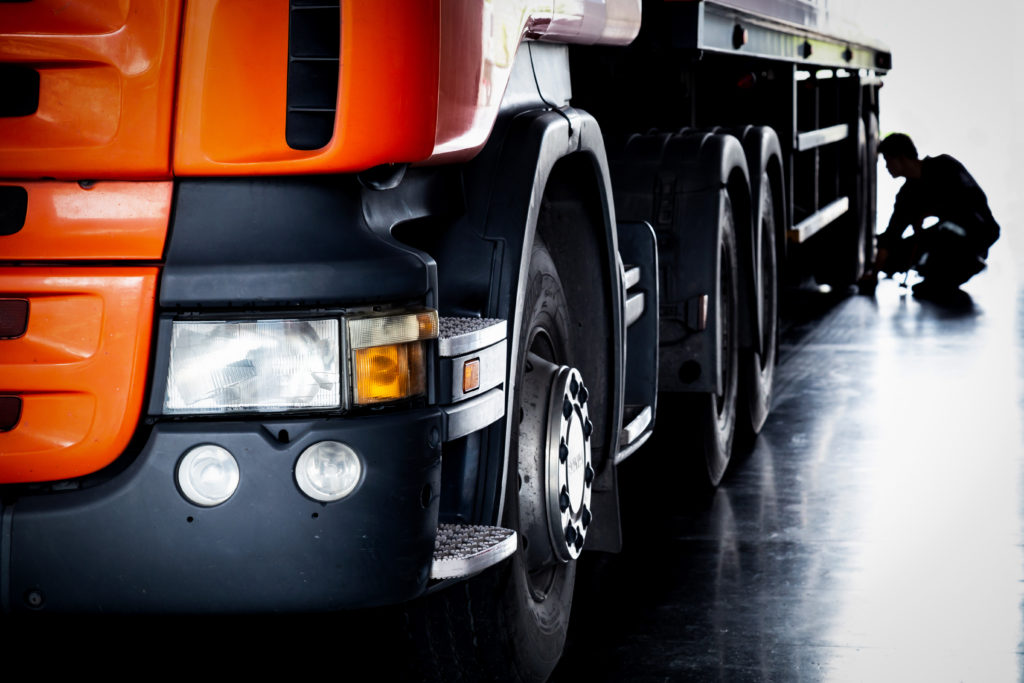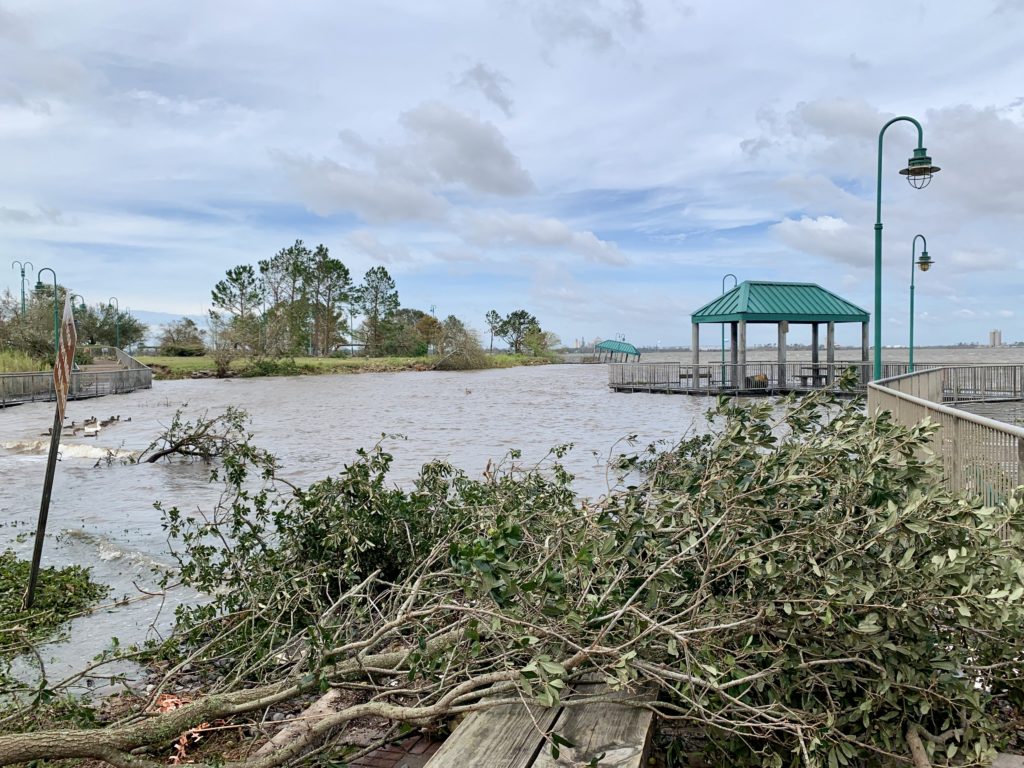
The Better Utilizing Investments to Leverage Development program has received $1 billion in funding for its countrywide infrastructure projects.
Transportation Secretary Elaine Chao recently announced that the funding, through the BUILD program, will support 70 different infrastructure improvement projects across 44 states. BUILD works to fund transportation projects on roads, bridges, transit and rail systems, and ports, and is an effort to replace the previous Transportation Investment Generating Economic Recovery program.
“This administration is making significant investments in infrastructure, and this $1 billion in BUILD grants will repair, rebuild, and revitalize transportation systems across America,” said Chao.
None of the grants have exceeded $25 million, and no states have been awarded more than $100 million overall. To continue the current focus on rural infrastructure improvements, at least half of the BUILD program funding will be dedicated to rural projects.
The BUILD program has allocated $4 billion to various infrastructure improvement projects over the last few years, with grant selection focusing on projects aiming toward improved safety, innovation, industry partnerships, economic competitiveness, and environmental sustainability.
$22 million of the grant will be dedicated to Georgia’s state Route 96 improvements, and Georgia’s Department of Transportation will direct the funding toward efforts to expand that east-west route to four lanes. The improvements will also implement wildlife crossing areas and will aim to help safely navigate traffic around heavy trucks and farm equipment. The overarching goal of the state’s efforts will be to largely reduce the number of crashes involving wildlife.
North Dakota also received $22 million from the grant, and will begin reducing seasonal water accumulation-caused road closures by raising roadway grades at 13 different locations. When rural roads experience closures, freight movement is often forced to take to routes not fit for heavy machinery.
Another $21 million will be given to the Pennsylvania Department of Transportation for the state’s Erie Bayfront Parkway Mobility and Freight Improvement Program. In order to bring easier connection between Erie’s business and the area’s waterfront, the project will work to reconstruct intersections as well as to build a multimodal bridge in order to help relieve congestion in the growing area.
Wichita, Kansas was specifically awarded $21 million for its collector-distribution system construction which will connect interstates 135 and 235 with Route 96. The funds will also be allocated for the replacement of outdated ramps and the resurfacing of bridges. These updates will work toward reducing accident risks regarding hazardous material-carrying trucks that often travel from industrial facilities around the city.
Additionally, Colorado received two grants. One brought the state $13 million to upgrade the Roaring Fork Transportation Authority’s regional transit hub, and the second brought $.4 million to help with acquisition and pre-construction efforts around Castle Rock’s Crystal Valley Parkway Interchange project.
“Castle Rock has seen significant growth in recent years, and this BUILD grant will help advance the project,” said Colorado Senator, Cory Gardner. “With Colorado’s population growing at one of the fastest rates in the country, I will continue to work with communities across our state to support their infrastructure priorities to ensure safety and efficiency for Coloradans.”
Additional awards for 2020 grants through this program include other rural projects such as the Tuscaloosa Landing Area Project of Alabama, The I-55 at IL 59 Access Project in Illinois, the I-70 Rehabilitation and Modernization project of Indiana, the Interchange Improvements in Coralville, Iowa and Iowa’s Building Safety, Access, and Capacity project, Michigan’s Statewide Central Signal Control System Expansion, and Minnesota’s US 14: New Ulm to Nicollet Mobility and Safety Improvement Project.
Illinois and Missouri will also receive nearly $21 million for its urban St. Louis Bi-State Regional Ports Improvement Project, and Indiana will receive $5 million for its urban US 36 Safety and Capacity Project–Connecting Avon.
The St. Louis Bi-State Regional Ports Improvement Project is sponsored by America’s Central Port District, and will aim to improve multimodal infrastructure at America’s Central Port in Granite City, Illinois with over 2,000 feet of new railroad track, as well as a new terminal access roadway, belt system, and barge loading system. At St. Louis Port Authority in Missouri, the project will bring over 7,000 feet of new railroad track, barge loading equipment, conveyor replacement, loading shed improvements, and flood mitigation work. There will also be loading shed and electrical system upgrades, along with hoist system and barge loading improvements, at Illinois’ Southwest Regional Port District.




